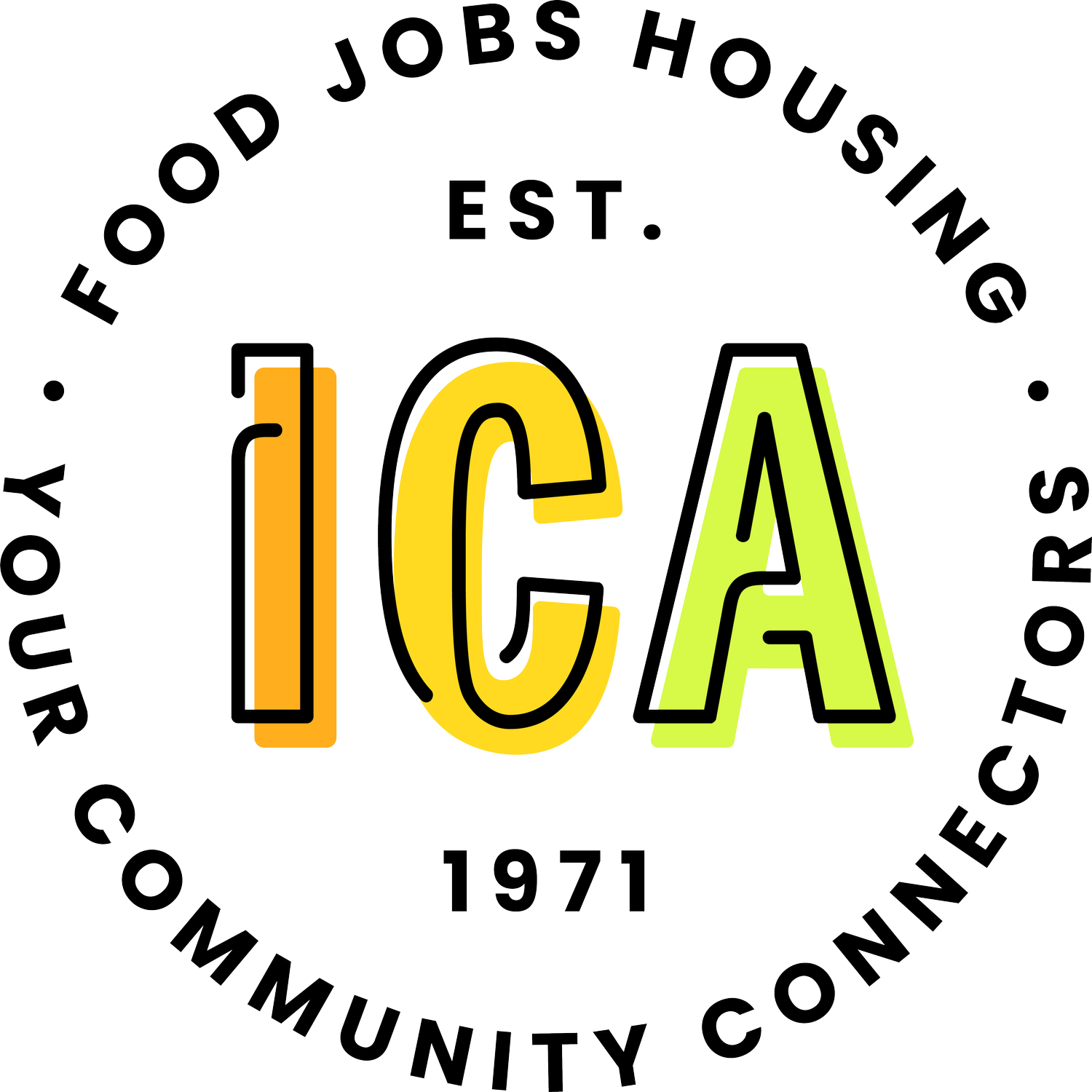ICA is committed to meeting the needs of our community. One of the ways we do this is through partnerships with other community organizations, including local nonprofits, the Minnetonka and Hopkins School districts, and local city government and police departments. We also work with other hunger relief organizations and food shelves to advocate for our clients and share best practices. All of these relationships enable us to better serve our neighbors and tailor our programs to those who need them.
ICA worked with some of these partner organizations to conduct a Community Needs Assessment. The purpose of the project was to identify the areas of our community that most needed to be addressed. These are the five key findings from the Community Needs Assessment:
- Housing affordability and stability are key
- Disparities in educational attainment and higher poverty rates among people of color need to be addressed
- Seniors will need more services as the population of this group ages and increases in numbers
- Caregivers for households with disabled members need more support
- Working Together is key to our long-term success as communities
Minnesota Population by Age
ICA has been using this information to plan our programs and services. One of the most surprising findings? That by 2020, for the first time in Minnesota history, we will have more seniors (ages 65+) than school-age children (5-17). While we offer several programs for children, we are looking at additional ways to better serve our senior population.
Thank you for your ongoing partnership with ICA as we work to serve our hungry neighbors and to always be here when people need us.
Peg
P.S. Enclosed is a Save the Date for our biggest annual fundraiser: The Great Taste! We’d love for all of our supporters and donors to come out for the event. It will be a great evening; I hope to see you there!
This post was originally published in our Summer 2018 Newsletter.




